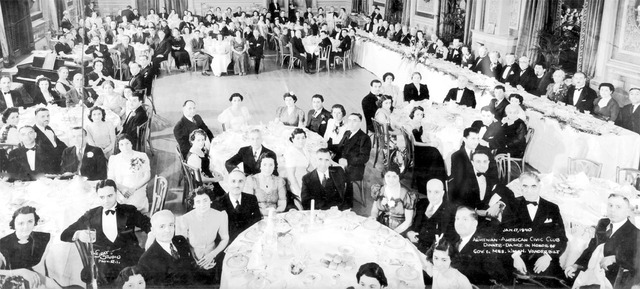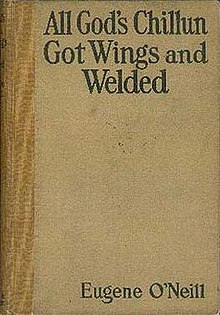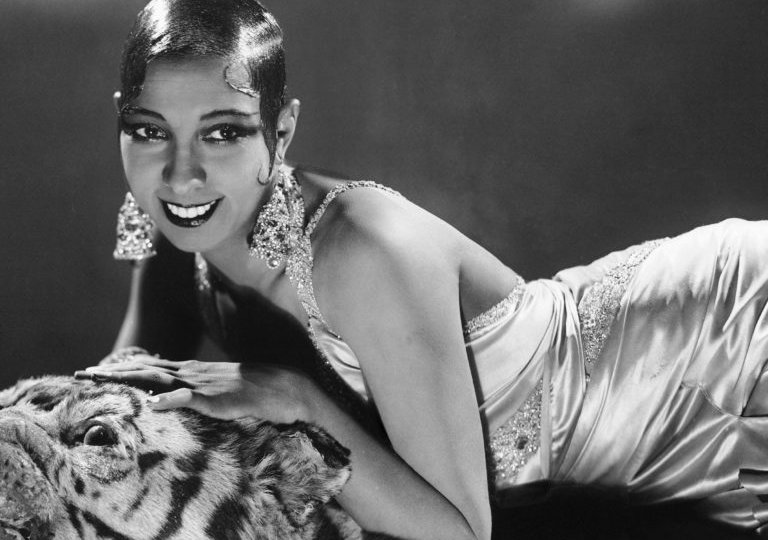King Oliver records with Louis Armstrong the first time.
Harlem Timeline
Black Swan Records, established just two years before promising to produce and promote Black music made by Black people, folds. Despite this, many of their signature artists, including Fletcher Henderson and Ethel Waters, continue to thrive for decades. This recording of “Lonesome Journey” by Fletcher Henderson and his orchestra was recorded around the time that Black Swan declared bankruptcy, though it’s unclear whether it was a Black Swan recording or not.
Mar. 21st– A large dinner at the New York Civic Club is held, formalizing relationships between Black essayists, novelists, poets and philosophers with publishers of both predominantly Black and White publications. Many consider this dinner gathering, attended by over 100 people and Emcee’d by Alain Locke, to be the official jump-off for what we call the Harlem Renaissance.
Written by Eugene O’Neill, the play paints a complex but ultimately out-of-touch and negative view of interracial marriage. It closes in late October of that year and is the last of O’Neill’s plays to feature a Black protagonist.
Faucet’s and White’s fictional works explore the problems facing members of an emerging Black educated class in a segregationist American society.
Popular New Orleans trumpeter Louis Armstrong joins The Fletcher Henderson Orchestra, at the time one of the hottest bands in the country. This version of “Copenhagen” is recorded soon after.
Josephine Baker makes Broadway debut as featured singer/dancer in “Chocolate Dandies.”
“Enter the New Negro”– Alain Locke’s treatise on the explosion of Black art, music and literature stemming from the Great migration and increasing urbanization of the Black population– is published. While a subtitle of the piece does make reference to Harlem being the “Mecca” of this movement, the word “Renaissance” never appears once in the 3,777-word essay.
Division of Negro History and Print founded at 135th St. Library. With the aid of a sizable donation by bibliophile and philanthropist Arturo Schomburg the following year, the library becomes an early center for Black cultural research. Nearly a century later (in 2018,() The Schomburg Center for Research in Black Culture will stand as a premiere example of its kind, hosting studies and symposiums on everything from fine art to video games made by and marketed to people of color.
“Rhapsody in Blue,” part of a series of caricatures by Miguel Covarrubias, begins to appear in Vanity Fair magazine.




